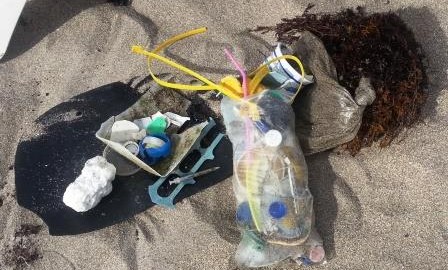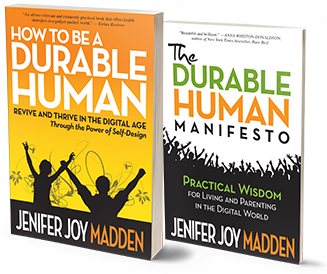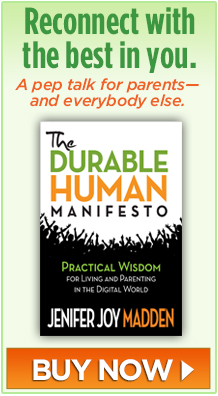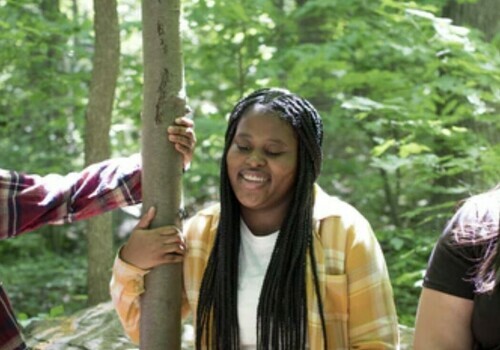
Every day, the ocean serves up a chance for us to change our ways.
That dawned on me when I was walking on the beach in south Florida and noticed, glinting from the sand, the corner of a clear plastic bag. Picking it up, it snapped in the wind and I saw it was still intact. After that, I couldn’t help but use it to collect other stuff left in the wake of the tide: bottle caps and straws, spoons and forks, hair clips and cup lids, and many, many plastic scraps.
That’s the thing about plastic: it never really breaks down. As I wrote after Superstorm Sandy, the problem afflicts fresh water, too. Bacteria and other micro-organisms naturally degrade things like banana peels, egg shells and other natural, organic matter. But machine-made plastics are petrochemical polymers that don’t degrade. They only become smaller and smaller bits of themselves. Continue reading






